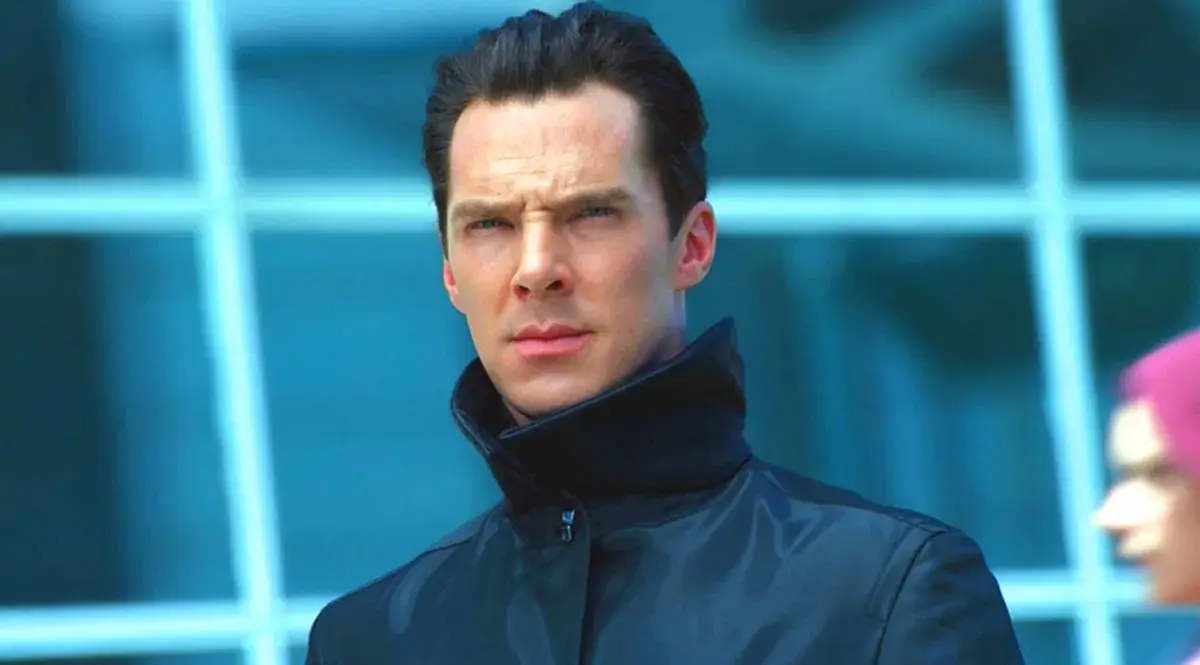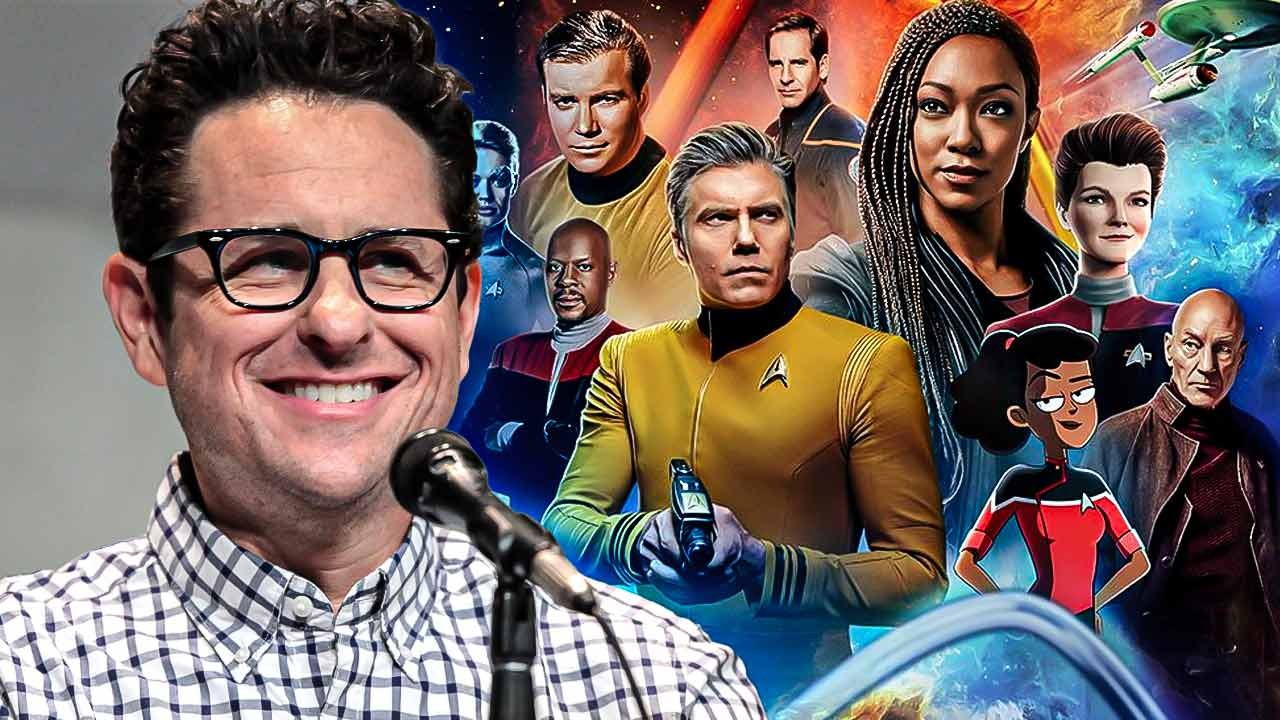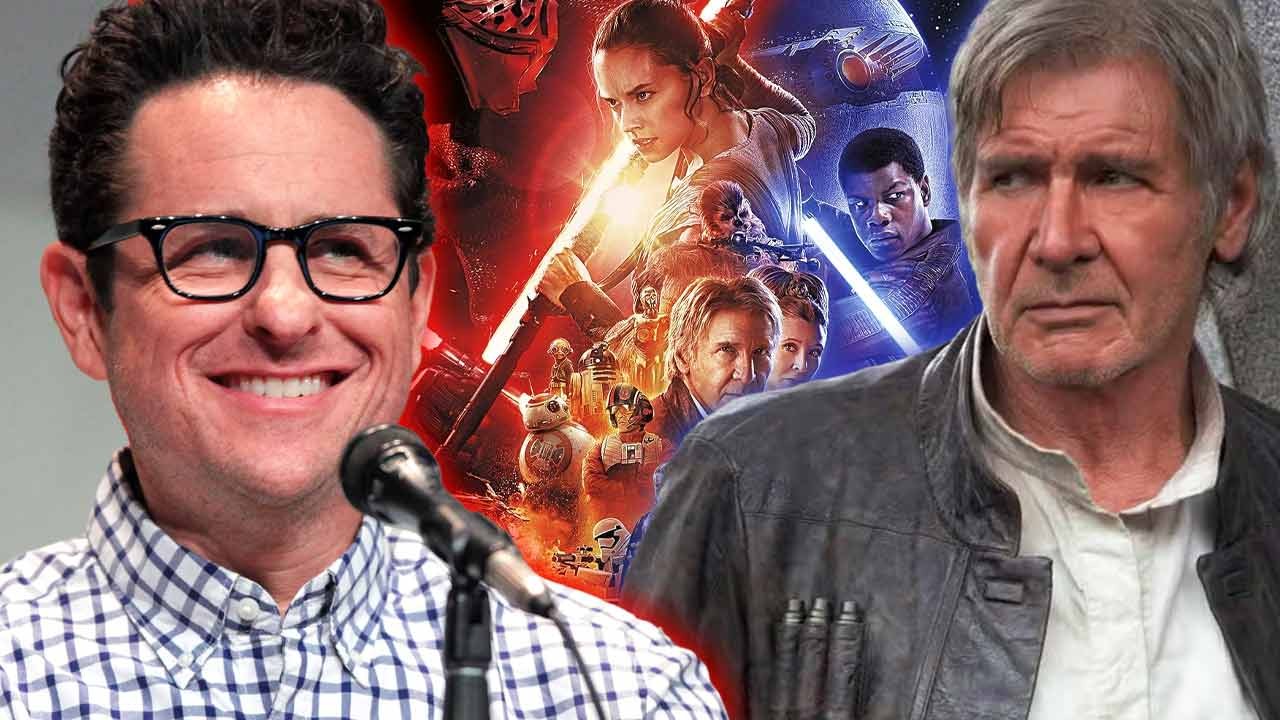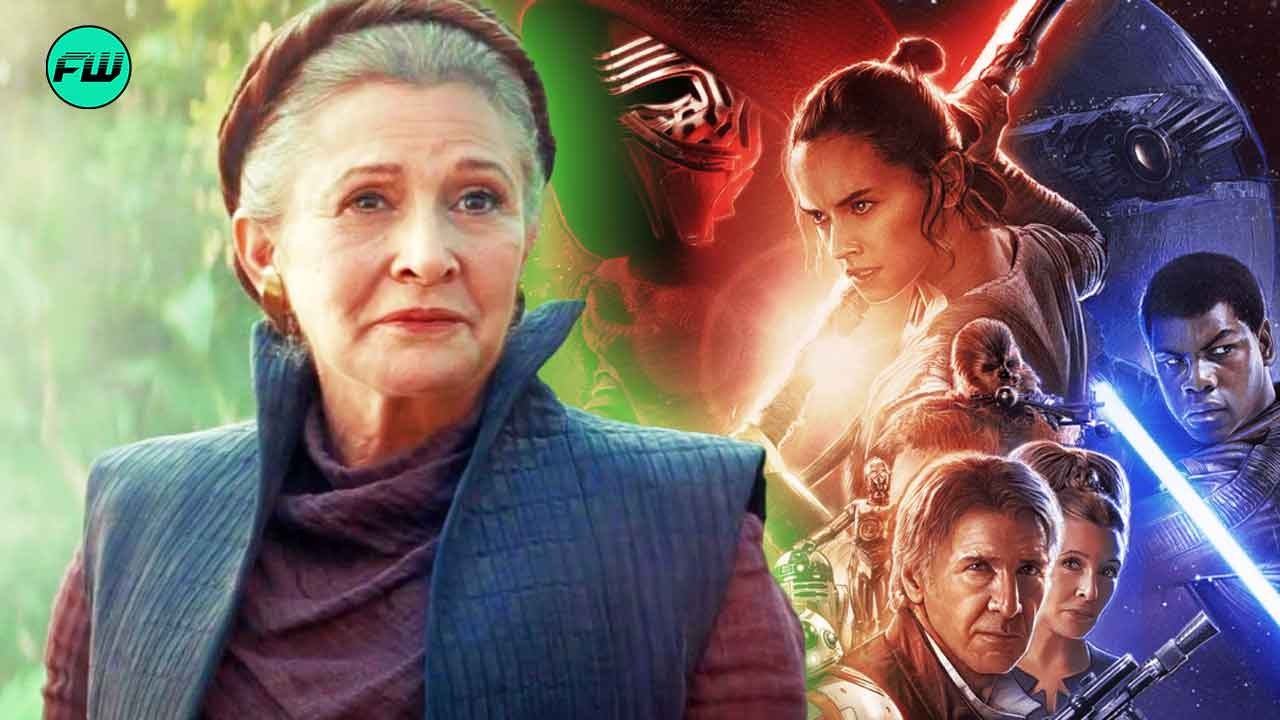J. J. Abrams is one of the most proficient filmmakers in the sci-fi fantasy genre, having helmed both the Star Trek and Star Wars films. Abrams’s Star Trek Into Darkness is one film that has both ardent fans and haters among Trekkies. Before the film was released in theaters, Abrams admitted that Paramount Pictures forced him to convert it to 3D in post-production.

Abrams shared that he was not a fan of the idea to begin with, but went along with the studio’s plan and ended up loving it. The visual effects of the film turned out to be great and it was even up for an Academy Award in the category, but didn’t win.
Paramount Forced J. J. Abrams To Post-Format Star Trek Into Darkness Into 3D

Star Trek Into Darkness was a film that received a lot of love from the critics but not so much from the fans of the original films. The film remains the highest-grossing film in the franchise, earning $467.4 million at the worldwide box office (via Box Office Mojo). It also managed to achieve the incredible feat of 3D conversion in its post-production.
J.J. Abrams admitted that the idea of a 3D movie was something forced upon him by Paramount. The studio told Abrams that they could make the film only if it were in the 3D format. Abrams reached an agreement with the studio that they would make a 2D version and then convert it to 3D. He shared in a press conference (via Digital Spy):
3D was something that, frankly, I was not a big fan of to begin with. Essentially in order for us to make this movie, the studio said ‘You gotta do this in 3D’. So we said, well, we can do a 2D version that we love that can also be converted to 3D.
While Abrams was initially skeptical of the move, he ended up loving the process. He shared that the post-formatting gave them a lot of creative freedom and it didn’t have much difference in the quality of the film.
The 3D conversion in the film was groundbreaking since they filmed most of the exterior shots in IMAX format. Abrams shared that it marked the first time a movie was shot in IMAX and converted to 3D. Abrams shared:
And the truth is that I’ve actually been having a lot of fun with it. We have an amazing amount of creative freedom, doing the 3D in post[-production]. In fact, we’re doing a bunch of things with the 3D in this movie that have not been done before, using techniques that have not been seen.
All the exterior shots, including the shots in space, are all either shot or rendered in IMAX format. It’s the first time a movie has been shot in IMAX to this scale and converted to 3D.
Rotten Tomatoes, which gave the film an 84% approval rating, praised the visuals of the film in its website consensus. It shared that the film was “visually spectacular and suitably action-packed”, calling it a “rock-solid installment” in the Star Trek franchise.
Why Do Some Fans Absolutely Hate Star Trek Into Darkness?

Some of the negative reviews explained the issues with J. J. Abrams’s most infamous Star Trek film. While The Independent shared that the film would “underwhelm even the Trekkies”, The New York Times called it an “uninspired hackwork”. However, the film’s biggest critique was its director, who retrospectively identified the issues with his film.
During an interview with Buzzfeed two years after the film, Abrams revealed his many mistakes in making the film. He shared that he “wasn’t really clear” about Kirk and Spock’s relationship dynamic in the film. He added that he was so into preserving Khan’s identity in the film that he failed to have a “fundamental conversation” about the story.
He shared that the lack of an “undeniable thread of the main story” left him “tap-dancing” through most of the film. While it found success, Abrams shared, “I feel like it didn’t work as well as it could have had I made some better decisions before we started shooting.”
Star Trek Into Darkness is now available for streaming on Paramount+.




